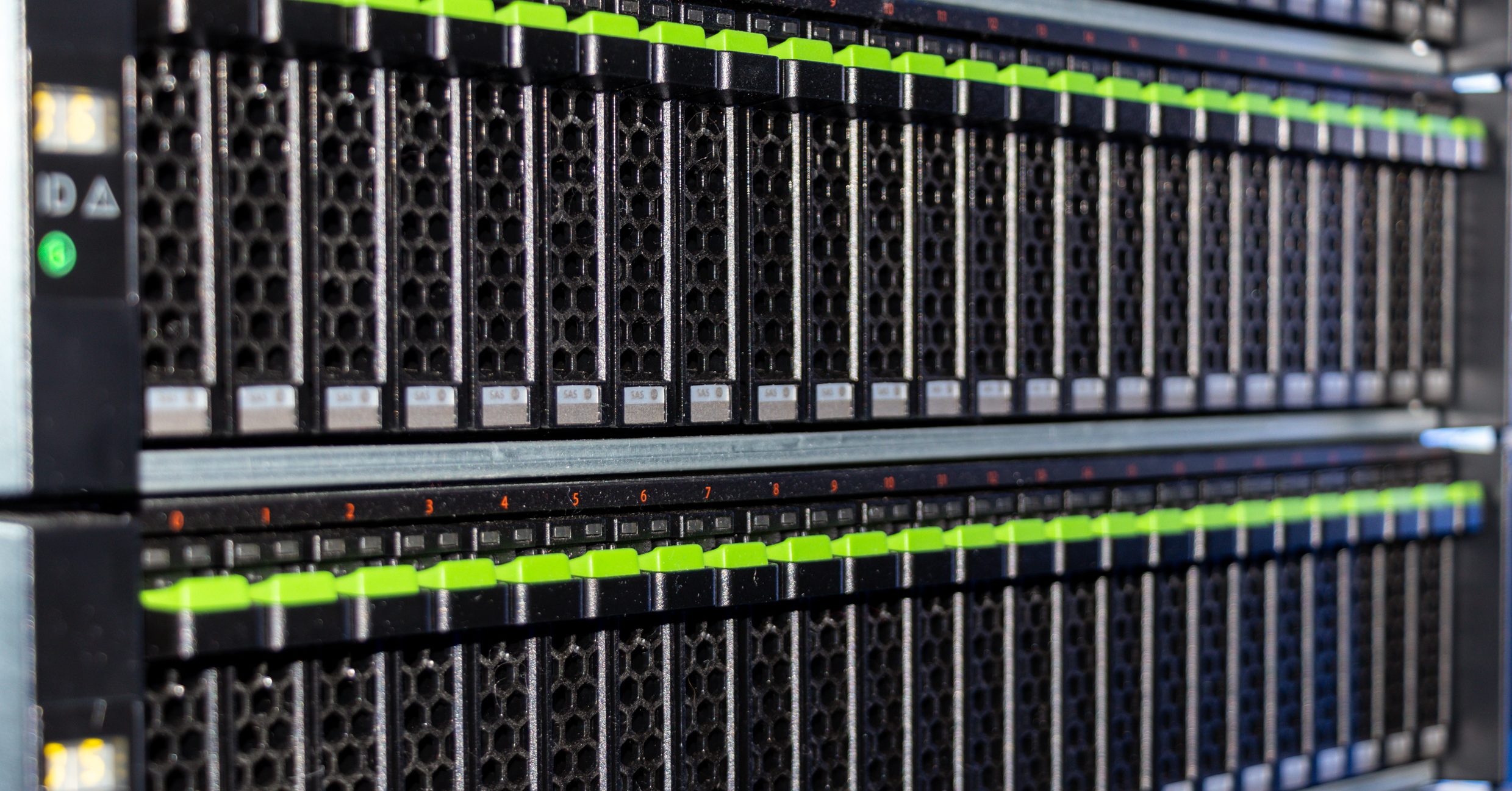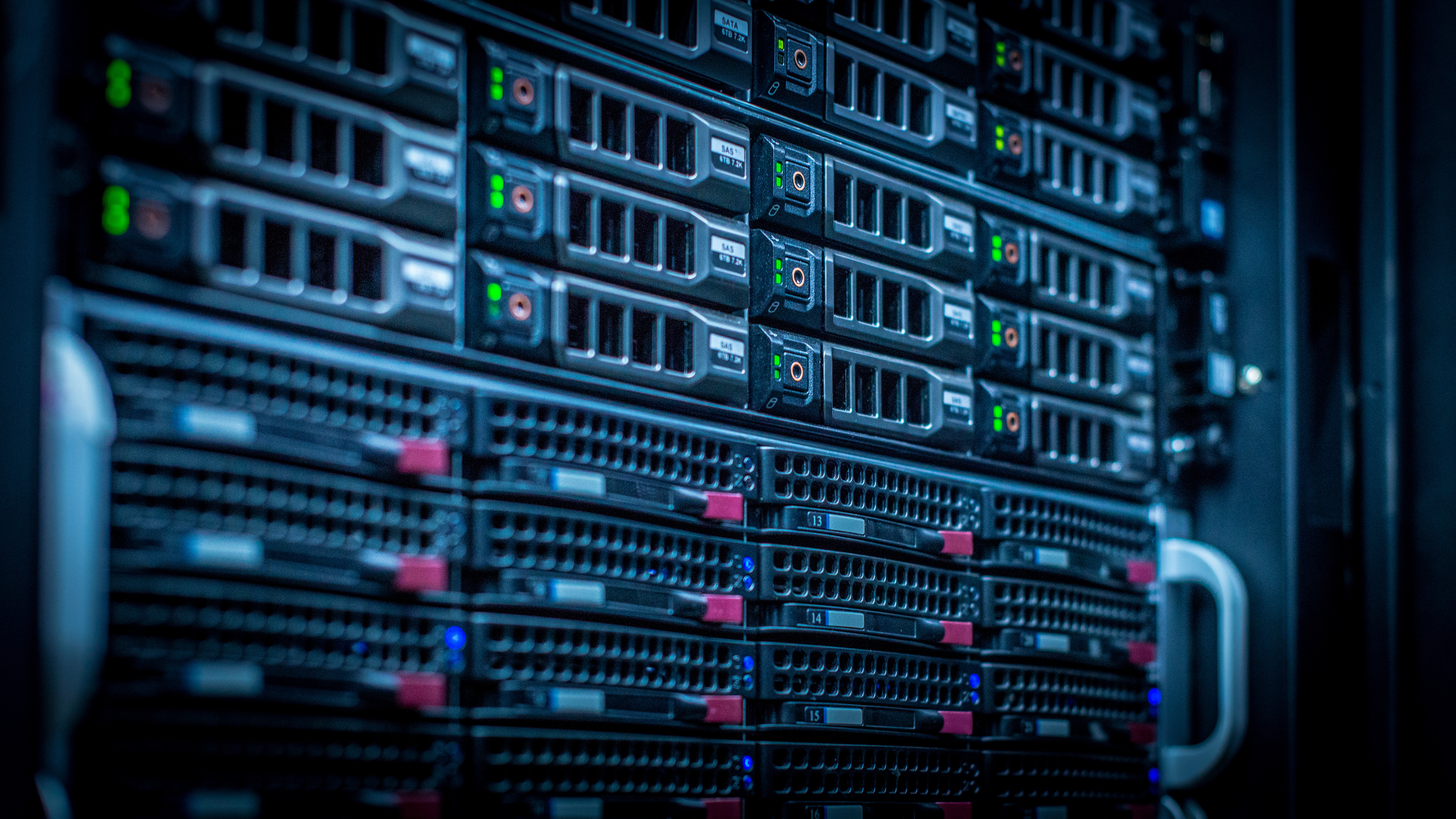In this enlightening conversation on Vida Digital, Alex Neuman speaks with Angela Keary of DriveSavers Data Recovery about the human stories behind lost data—from families desperate to recover irreplaceable memories to companies fighting ransomware attacks.
NaSPA: Three Misconceptions about RAIDs

Originally published by Network and Systems Professional Association (NaSPA).
By Mike Cobb, DriveSavers Director of Engineering
After performing tens of thousands of RAID data recoveries, the team at DriveSavers has seen our share of RAIDs. We’ve also heard our fair share of theories — some accurate and others, not so much. When it comes to RAIDs, here are three common myths and misunderstandings.
1 – RAIDs are Backups
Although RAID 5, RAID 6 and mirrored systems typically have redundancy built in, which serves to help lessen the risk of losing data when a drive fails physically, these devices most certainly are NOT backups. If too many drives fail, the RAID gets corrupted, a user accidentally erases files or a malicious program takes control and encrypts the contents, your data could be lost.
It’s a terrible assumption to make, but oftentimes users see RAID and assume they’re protected. Most of the RAID systems we’ve seen over the years have had redundancies built in. However, these RAID system have still had multiple failures, data corruption, targeted deletion of data or accidental deletion of data.
When purchasing a complete RAID system, it’s good to remember that all of the drives that make up that RAID system are usually the same make, model and age. Identical drives tend to have very similar, or even identical, life spans. Don’t forget that while one failed drive may not cause you to lose data, multiple failed drives certainly will.
2 – All RAIDs are Redundant
Despite the word “redundancy” being the first letter of RAID (redundant array of independent disks), not all RAIDs actually have redundancy incorporated.
Consider a RAID 0 setup, which involves “striping” data across 2 or more drives so that different pieces of a single file live on every drive in the system. RAID 0 does not include copies of the data and, therefore, is not redundant. In this case, if just one drive experiences a physical failure, no matter how many drives are incorporated into this setup, the whole RAID is immediately inaccessible and data is lost. In fact, the chances of losing data are actually multiplied when using a RAID 0 as opposed to a single drive because of this. The more drives used in this setup, the more likely the chance of data loss.
So why would anyone use a RAID 0? The answer is performance. Files are always split into pieces, whether you are using a single drive or a RAID. When pieces of a file are spread across multiple drives, they can be pulled from all of those drives at once rather than just from one drive. To paint a picture, pretend you have two halves of an apple. You will be able to grab the whole apple faster with two hands than with one. This is because you can grab both halves at the same time when using two hands, but only one half at a time when using one hand. In much the same way, the more drives used in your RAID 0 the greater the data transfer rate (the rate at which data moves from one place to another). Just make sure you’re backing it all up.
3 – RAID Failure is Always Obvious
Redundancy is one of the two biggest reasons users choose to use RAIDs, the other being performance. If a single drive fails in a RAID with parity or redundancy in place, the system will continue to run in degraded mode at lower performance speed. Since users have access to all of their data, even in degraded mode, they may not notice that anything has changed. In this case, they will carry on, happily unaware, until the next drive fails.
A dedicated system administrator, who regularly and systematically checks a RAID for any problems or concerns, may be able to recognize when one of the drives has failed and replace it before any further failures occur. However, don’t forget — the drives in a RAID are often all the same make, model and age with the same life span and likelihood of failure.
The truth is that even RAIDs need to be backed up. As the end user or system administrator, you need to consider the risk of not having an hour-, day-, week-, month- or year’s worth of data and plan accordingly. If the data loss would be too devastating for a specific time period, then look for a solution to copy data to another media. That media could be another RAID, the cloud or tape — anything that will ensure that the data is protected when your RAID either fails or has another data loss situation.
ABOUT THE AUTHOR
NaSPA Member, Mike Cobb is the Director of Engineering and manages the day-to-day operations of the Engineering Department including the physical and logical recoveries of rotational media, SSDs, smart devices and flash media. He also oversees the R&D efforts for past, present and future storage technologies. Mike makes sure that each of the departments and their engineers are certified and that they continue to gain knowledge in their field. Each DriveSavers engineer has been trained by Mike to ensure the successful and complete recovery of data is their top priority. Mike Cobb has a B.S. degree in Computer Science from the University of California, Riverside. Since joining DriveSavers in 1994, Mike has worked on all aspects of engineering as well as heading the Customer Service Department for several years. Prior to joining DriveSavers, Mike gained invaluable experience creating mirroring and compression products while working at Golden Triangle Software in the early 1990’s.






